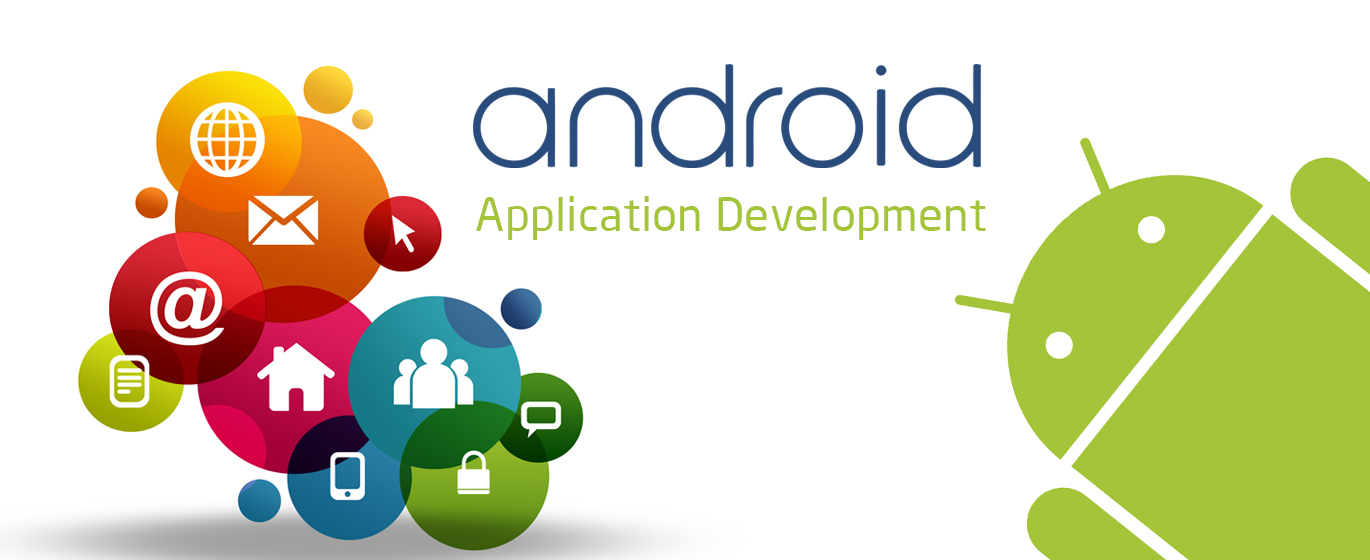Something about Android Application Development
As the world is experiencing bombardment of mobile applications every day, its imperative to know more about Android – the first, complete, open and free mobile platform – and this would be of great interest. The platform offers a comprehensive Software Development Kit that has tools for developing powerful, feature-rich applications.
The platform does not lay obstacles in the path of Android developers and they can chart out their path free of cost. However, developers need to pay a modest fee to publish a third-party distribution mechanisms. This assists them in availing various options for distributing and commercializing their applications.
The developers can get the Android SDK and tools for free on the Android developer website. It is freely available Eclipse program that has gained popularity in an integrated environment for Android application development. It also has effective plug-in for facilitating Android development with Eclipse.
In order to build and debug an Android application, configuration of project for debugging is a must. You can do it with the help of the ADT plug-in within the Eclipse development environment. Following are some of the steps that you need to follow:
• Create and configure an Android Virtual Device (AVD)
• Create an Eclipse debug configuration for your project
• Build an Android project and launch the emulator with the AVD
Upon completion of these tasks, the debugger of Eclipse is attached to the Android emulator. The moment this happens, an application can be run and debugged as desired.
While Android developers are debugging and compiling the designs, important information can be exported for help. For example, a screenshot object model of the current view hierarchy tree can be saved. You can also export the current state as collection of layers can be switched on and off.
Use of themes:
You can manage the styles across an entire application through themes. It is very important that you design an application with styling early in the development of the application. This advanced planning makes it easier to deal with device performances in the later phase of Android application development that involves presentation on multiple sizes and resolution of screens.
Adding default layout theme:
While you are developing an Android application, every single layout item in view is required to have a declared height and width. But, this actually burdens your XML layouts and styles with lot of extra lines. In order to avoid this, it is advisible to use default to wrap up layouts. This way, views are able to wrap up the content and you are able to save space by not allowing those extra width/height declarations.
Android Market:
Now, when you are absolutely ready with your application and want as many people to download it, you should count on Google’s Android Market which is a global marketplace. It is a good idea to provide a translated title and description for the application in the Android Market so that it can reach larger audiences. The obvious next step is offering localized text for specific regions that may get interested in your applications.
Need Help with SEO or Social Media? Call Our Digital Agency in Toronto Today
We’re a digital agency in Toronto that can assist with all your SEO and social media queries, plus much more. Get smart with your social media today contact us now.
